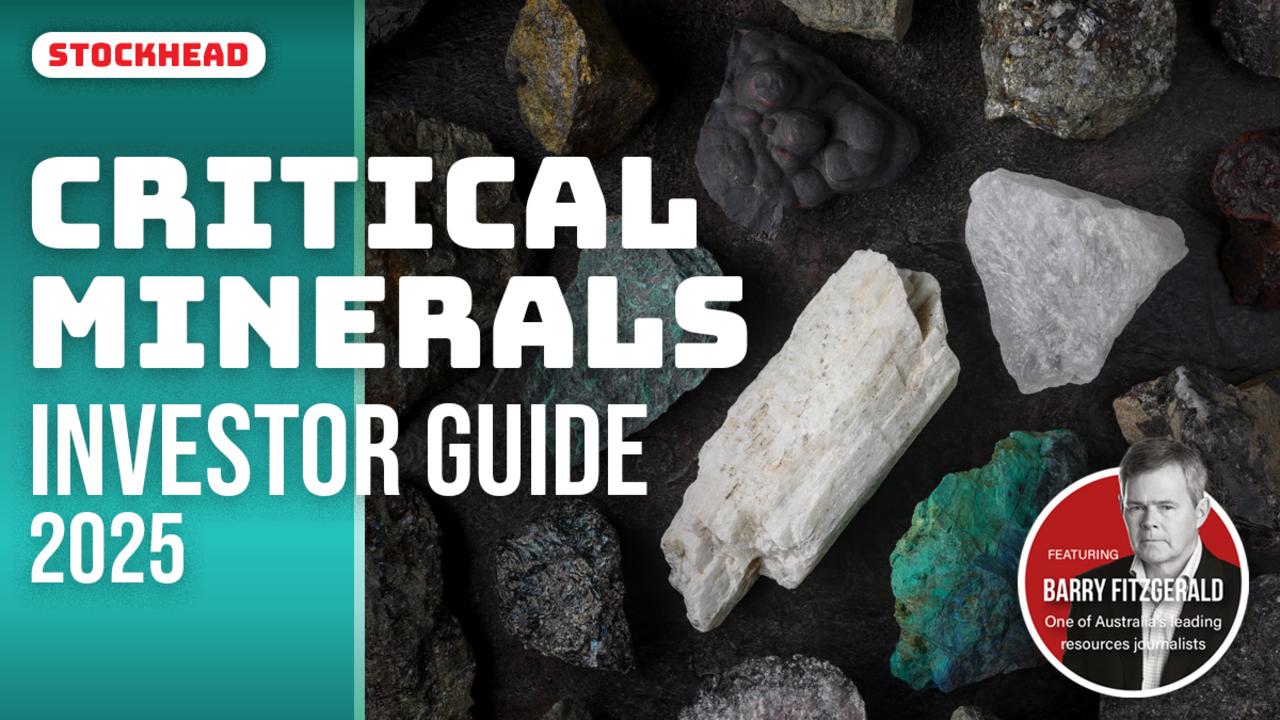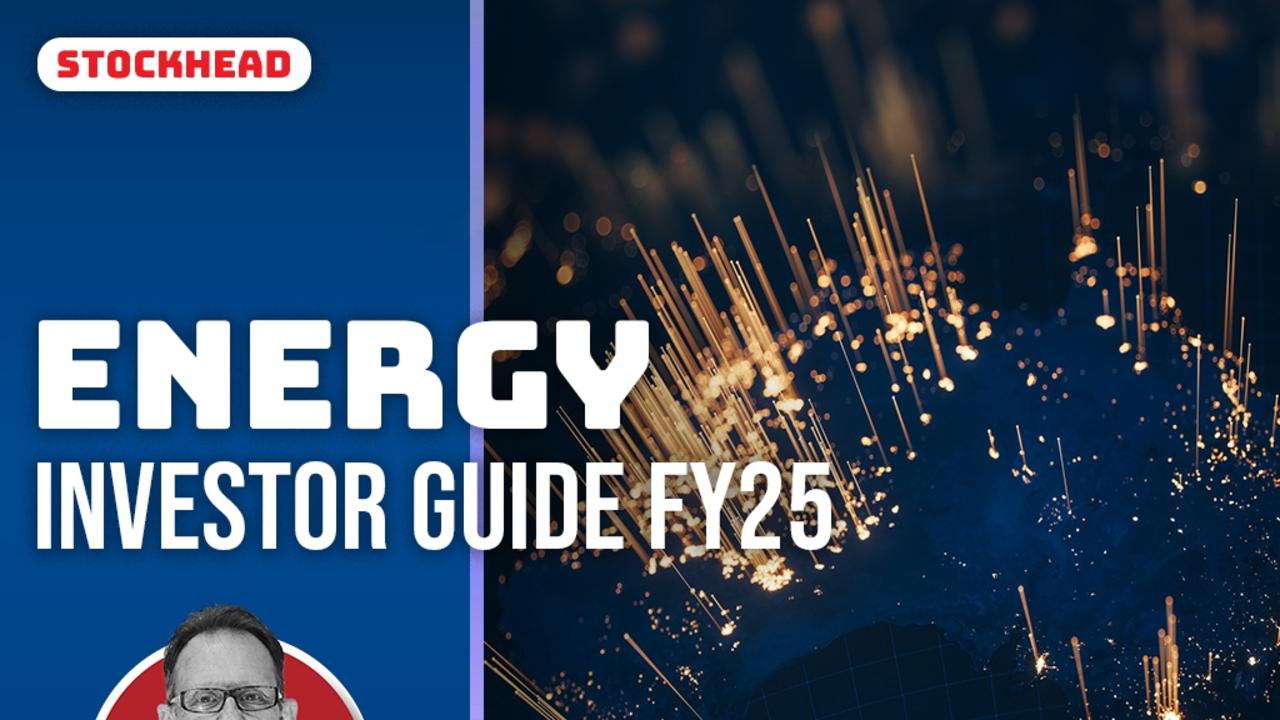Tasmania emerging as hydrogen-driven green energy leader
Tasmania, hailed as ‘best positioned in the world to be a zero-emissions economy’, could drive the nation’s renewable future. here’s why, and how.

Tassie, the nation’s little island state – some 250km of tummy churning Bass Strait to the south of Melbourne – is quietly amassing an arsenal of green power which could drive both the entire country’s renewable future and the next-gen power companies of the ASX.
For instance, it is at the forefront of one of the emerging opportunities for green hydrogen- revolving around the ability to produce it for domestic supply.
As Stockhead’s Jess Cummins has written more than once, Tassie is pregnant with renewable energy projects – around 25,000GWh – in line for approval and aiming to be up and operational within the decade.
For the latest renewables news, sign up here for free Stockhead daily newsletters
A global green hydrogen giant
The latest evidence – the pre-Christmas revelation of a near $1.7 billion hydrogen and methanol production facility to be built and run by Iberdrola and Abel Energy, is set to be online by 2026.
The announcement comes in the wake of last year’s quietly bloody significant Renewable Energy Coordination Framework, which basically invited green hydrogen and green manufacturers to form a line and ask the government for what they want.
According to Guy Barnett, Tassie’s Man for Making Everything Green, the state’s already got a stupendous pipeline of investment to help fuel the renewable energy generation train.
And having told everyone back in August that Tassie would be “the renewables powerhouse of Australia”, with a legislated target to be 200 per cent powered by renewables by 2040, the somewhat divisive Energy and Renewables Minister doubled down last month.

He revealed that the Australian Energy Market Operator (AEMO) liked almost everywhere in Tassie – the Northwest, the Northeast and Central Highlands – “as having excellent renewable energy resources to be considered as Renewable Energy Zones (REZ)”.
Barnett said the ROI was guiding Tassie’s first REZ and would support “the matching of new generation and load growth” to achieve the state’s renewable energy future.
And the majors have followed.
To help increase demand for new renewables, Rio Tinto is now exploring Bell Bay’s capacity for electrolysers for hydrogen production.
Meanwhile, Barnett said before Christmas that with the funding, financing and ownership of Project Marinus, “a first REZ in the Northwest would provide new generation to coincide with the commissioning of the first Marinus cable and would deliver the generation needed to develop an export-scale hydrogen sector and other future industries around the start of the next decade.”
This would represent a major development and one which would herald Tassie’s arrival as a viable global hydrogen capital.
Writing in The Conversation last year, Steven Percy, a senior research fellow at Swinburne University of Technology’s Victorian Hydrogen Hub, said that this decade Australia “must plan for our new hydrogen economy”.
“Government and industry will need to develop and support new hydrogen infrastructure projects to produce, distribute, use and export hydrogen at scale.
“We’re already seeing promising signs of progress, as major mining companies move strongly into green hydrogen. Now we need governments across Australia to rapidly get optimal policy and regulations in place to allow the industry to develop and thrive.”
It’s hard not to argue Tassie is on it.
Visit Stockhead, where ASX small caps are big deals
Spanish winds of change in Tasmania
Spanish-based Iberdrola, boasting some $230 billion in global assets, first became a major Aussie player when it acquired Aussie wind farmer, Infigen Energy.
The energy giant has confirmed to the Tasmanian government the long-term viability of the Bell Bay aluminium smelter and now there’s talk it’s eyeing CWP Renewables’ wind and solar assets.
Already the envy of mainland states when it comes to renewable energy generation, Tasmania is also in line to be the first state to begin displacing diesel and natural gas on a scale of significance. And there are several reasons it can deliver.
The Bell Bay Powerfuels Project, after a study partially funded by the government (completed in September), forecasts production of 200,000 tonnes of green methanol annually, instantly making it among the largest projects of its kind globally.
A second stage would supercharge that by half again – so a manufacturing capacity of circa 300,000 tonnes.
Mean, green and unseen
The project dips, as so many will, into Tasmania’s endless hydro and wind resources to electrolyse water into hydrogen, used to create green methanol, primarily for the booming green maritime market.
The Tasmanian government’s initiatives to develop its green industrial complex and boost ammonia and hydrogen generation with zero emissions have found generous traction inside the Bell Bay industrial complex.
ReNu Energy (ASX:RNE) executive director and countrywide hydrogen MD, Geoffrey Drucker, says Tassie is way out in front on hydrogen generation in this country and is like to become “a treasure island when it comes to green hydrogen project delivery in 2023”.
“Tasmania’s abundance of renewable energy from both hydro and wind sources provides the foundation for green hydrogen production,” Drucker told Stockhead last week.
“So long as the energy used is traced back to renewable sources, which is entirely doable.”
Drucker says homegrown researchers are already investigating how and where behind-the-meter solar may be used to augment available renewable energy resources.
“The state also has excellent water resources either available through the state’s two government business enterprises, TasWater and TasIrrigation, or water captured on site where hydrogen production facilities are located.”
In the right place
But one of Tassie’s best attributes, he says, is its geography.
“Firstly, in notable ways, being an island and developing a refuelling network to supply the road transport and rail sectors is less of a challenge than doing so where vehicles cross borders to travel interstate” Drucker said.
“Trucks in Tasmania stay on the island; their trailers will be shipped across Bass Strait but the prime mover remains in Tasmania. Buses also stay in the state.
“To provide a reliable supply of hydrogen for the transport sector, a minimum of only three refuelling sites is needed – one near Hobart, another near Launceston and a third near Burnie.”
Tasmania is also already home to a cracking ferry network, where there’s strong interest in transitioning from diesel to emission-free hydrogen power.
“One of Tasmania’s greatest unsung attributes is its natural gas distribution network which is owned by Tas Gas,” Drucker said.
“Unlike the mainland where gas distribution is via steel pipes, Tasmania’s is relatively new and has a network comprising high density polyethylene (HDPE) pipes which can tolerate significant volumes of hydrogen with no brittling, as happens with steel pipes.
“Blending quantities of hydrogen to deliver a 70/30 natural gas hydrogen supply are deliverable without having to modify gas appliances. The resultant carbon abatement will be quantifiable and significant – it’s immediately a 30 per cent reduction.
“HDPE can manage 100 per cent hydrogen but standard gas appliances cannot.
Drucker explained that Tasmania imported natural gas from Bass Strait, but having a desire to be self-sufficient, was looking to hydrogen to play a key role.
He said that could be done supplying 100 per cent hydrogen to industrial customers – and this was already being progressed with three new businesses at Brighton, just north of Hobart.
There’s a new bitumen and plastics recycling businesses and a high-end whiskey distillery – “all intent on operating on 100 per cent green hydrogen produced by Hydrogen Brighton, one of three projects across the state developed by Countrywide Hydrogen.”
Drucker believes a second opportunity is to produce a syngas – combining green hydrogen with captured CO2 – which could come from industry in the state.
The Rio Tinto-owned smelter at Bell Bay would be an ideal source of that CO2, along with other industries, he added.
‘Best-positioned in the world’
According to RNE, the state government owns another piece in the “Tasmanian hydrogen jigsaw” with its commitment to support a hydrogen industry clearly declared in the Tasmanian Renewable Hydrogen Action Plan.
“The plan identifies several initiatives the Rockliff government will deliver including subsidised renewable energy, transitioning locomotives in its TasRail fleet from diesel to fuel cell, transitioning diesel buses to zero-emission fuel cell vehicles, supporting the decarbonisation of the natural gas network, replacing diesel in remote locations with hydrogen, socialising hydrogen and importantly, funding the industry,” RNE said.
But, Mr Drucker added energy was the ultimate deliverable from hydrogen that truly made Tasmania a “treasure island”.
“Tasmania is arguably best positioned in the world to be a zero-emissions economy, using its renewable resources to eliminate the use of petrol and diesel with battery electric and fuel cell propulsion, eliminating natural gas and generating electricity in remote locations like King, Flinders and Bruny Islands and elsewhere with fuel cell powered by hydrogen replacing diesel,” he said.
This content first appeared onstockhead.com.au
SUBSCRIBE
Get the latest Stockhead news delivered free to your inbox. Click here


